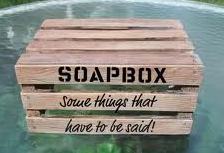
(Disclaimer: I am not a book cover designer and I have never designed my own covers. This is an opinion/commentary but it is based on research, experience and extensive reading. Hence, I consider it an educated opinion but still my opinion. I urge you to do your own research. Also, I am not providing links to books or authors this time because I am not promoting or excluding any particular author or genre. I support all authors no matter their style. All of these can be researched).
Let’s get intimate with our clothes on. Book covers are a way to be intimate with our readers. We use our covers to entice, seduce, and tease the reader into purchasing our novels. But I have noticed that in the last several years, our book covers have gone way beyond trying to tease and into showing the reader exactly what they’ll receive. And for me, this both disturbing and sorrowful.
Sex has always been a tool, but those who wielded the tool the best were the ones who could draw you to them without giving away their secrets, their privates, their punch lines. Sex sells, always did, but the idea of sex was more compelling than the showing of it.
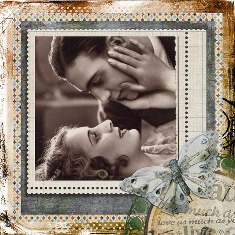
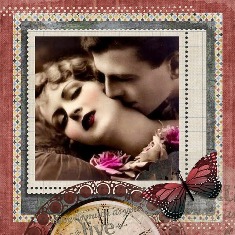
As an example, go back to the legendary 30s and 40s when Hollywood was its most glamourous. Clothes of the period epitomized the “tease, don’t show.” The social values of the times reflected this idea in fashion and in the book covers. Showing an ankle with a strappy shoe, a tight bodice fully covered, wrist gloves that hid delicate hands, stockings with a line down the back that emphasized a promise up high…all concepts that carried forward in movies and books. Sure, times were a bit more prudish when it came to what was allowed in public and on screen; but again, the suggestion of sex, the hint of passion, was enough to set imaginations (and tongues) off and running.
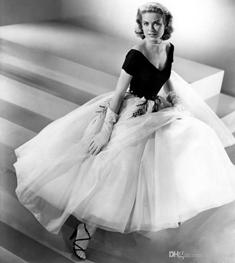 Take a page from the queen of the tease herself, Gypsy Rose Lee, who first gave you a falling dress strap – and nothing else! – and suddenly the IDEA of her naked was more compelling than being naked. That’s why her fan dance – removing clothes behind large ostrich plumes – was so erotic. You never see skin but you believe the skin is naked and you are seduced.
Take a page from the queen of the tease herself, Gypsy Rose Lee, who first gave you a falling dress strap – and nothing else! – and suddenly the IDEA of her naked was more compelling than being naked. That’s why her fan dance – removing clothes behind large ostrich plumes – was so erotic. You never see skin but you believe the skin is naked and you are seduced.
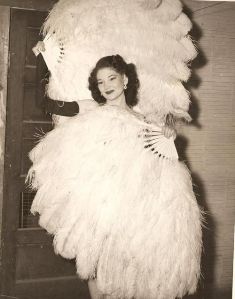
Thus, less is more. But book covers did, and didn’t, follow this idea. While real life was more about how to beautify and tantalize without truly showing anything, as with Marilyn Monroe, it was forgivable to show more if the subject wasn’t real (as with pulp fiction). Here are some examples through time.


While sultry actress Elaine Stewart teased us in the 1950s through lace and let us peek at a promise of skin, book covers were more intense.
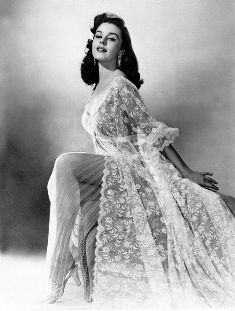
For example, in 1955 while Ava Garner was seducing us with silk and a particular “look,” the popular erotica novel was as equally teasing with more showing than Ava (though we also get “the look”).
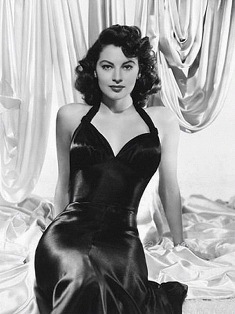
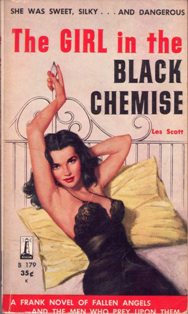
When the free-wheeling, free sex 1960s arrived, tantalizing and teasing took on a new meaning from fashion to erotic book covers (remember what they might not approve of in person, they could draw). Until some underground presses, and more open-minded ones, boldly “went for it” in 1965.
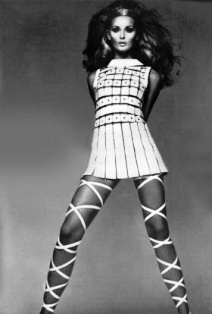
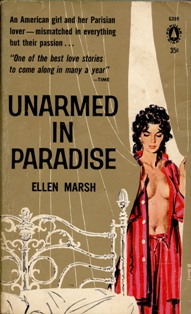
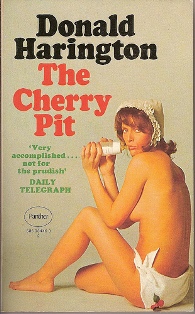
In the 70s, claiming intimacy was more about closer relationships and it showed in book covers, too. More covers with men and women holding and touching, teasing and tantalizing. Even mainstream covers now, openly seduced the reader.
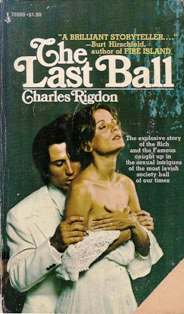
The 1980s brought us the “bosom busters” and readers – particularly women – flocked to read the steamy romances whose covers promised sizzling ultimate sexual fulfillment. I’ve owned a few of these (Rosemary Rogers anyone?) but after a while, the covers all began to look alike. They became more about the sex and less about the story. Not only did the women’s clothes get scantier but the men started losing theirs! It seemed that suggesting and teasing were Gone With The Wind.

In the 1990s a funny thing began to happen to romance and erotica. In the 90s, more books showcased women only covers and in the new millennium, we found a shift in focus heading toward a new, solo showcase of men.
Maybe as we left the 20th century we left behind our sense of good taste. In the newer, fast food society we wanted everything now, immediately, and without preamble. We had to know how movies ended, we wanted reviews of everything so there were no more surprises. We seemed to lose our understanding of the tease and any value of wonderment or the tantalizing joy of seduction. It was like we skipped foreplay. We lost our need for the hint, the tease.
And then, something odd happened. Instead of showing everything on our book covers, we pulled back. Publishers and authors drifted in new directions. Gone were the people. We pulled back on skin in fashion and we gave up on skin for covers. We went to symbols instead. Men’s ties (think Grey, shades of), cufflinks, key chains. Think feathers, swords, and flowers. Think snow globes, glass jars and amulets. And instead of bodies, think half faces, shadowed faces, and women’s backs.
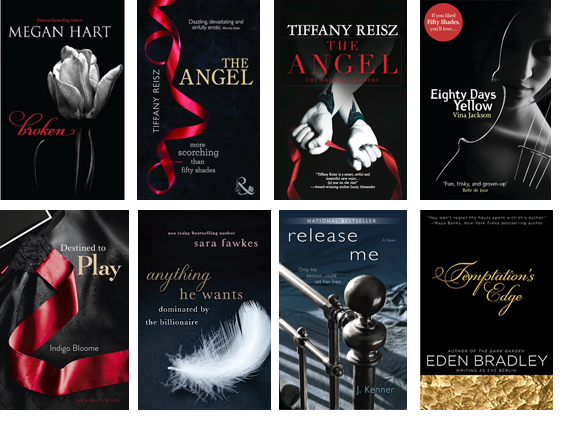
Collage borrowed from ceciliatan.com from fall 2012
Books referenced: Broken, Megan Hart (September 11, 2012, Harlequin MIRA), The Angel, Tiffany Reisz, released September 25, 2012 in the US, October 1 in the UK, Eighty Days Yellow, Vina Jackson (September 25, 2012, Open Road Media), Destined to Play, Indigo Bloome (September 11, 2012, HarperCollins), Temptation’s Edge, Eden Bradley (October 24, 2012, Penguin USA), Anything He Wants: Dominated by the Billionaire, Sara Fawkes (November 27, 2012, St. Martin’s Press), Release Me, J. Kenner, January 1, 2013
That brings us to present day and my real reason for this post (and good for you if you’re still here).
A recent trend has emerged where covers are either one person nearly naked, or two people and the woman is nearly naked. And the posts are about as suggestive as they can be. Little is left to imaginations and hands poke into jeans about to fall from the tops of groins, where bottoms are bared and pearls or whips tickle skin, where women lay in the arms of a bare chested man and their clothes look pulled up but not off, pants jerked down but not off. I don’t want to get into female objectification but hey, there’s that too.
Maybe my imagination is off but there’s little left for my imagination to create. Like that fast food society I mentioned, it seems that book covers again are leaning to baring all and forgetting about the true art of the tease. I’m sorry but there is nothing teasing me when the body is all but bared and clothes are nearly ripped off.
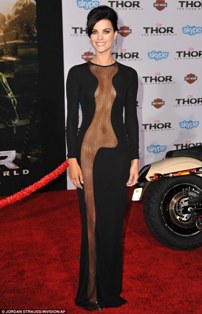
Book Cover, book blurbs, and book videos are meant to entice, to tease, and suggest. When we lose our ability to trust that the reader will get the book and imagine what now is blatantly shoved on the cover seems insulting to me. We’ve lost the “less is more” standard. More is not better. More is just more and often, too much.
There is an old saying, why buy the cow if I can get the milk for free? If a book cover shows me everything about the book then what need have I to get the book? Even if I don’t know the ending, show me too much and I stop being enticed. Tease me. Tantalize me. Suggest and Seduce. Make me want it. Don’t shove it at me.

I realize there are genre expectations. They shift with time, tastes, and expectations. Maybe it is time to believe in the reader again. After all, fashion has taken an upswing and a return to Hollywood glamour. Why can’t book covers turn the tide too?
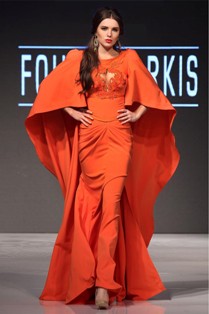
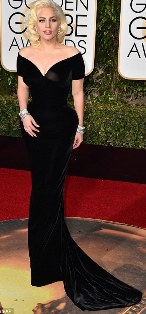
Let’s return to imagination and suggestion. Let’s be innovative and creative again. Look, even vampires don’t have to go on a black background with dripping blood and graveyards, or biting some hapless sap. See? He seduces and he’s popular!
 He’s mine.
He’s mine.
Let’s get intimate, emotionally, spiritually and then tease me with what else I might get. Let’s do our jobs and provide “the tease” with a promise of something more because we are artists and we can! Use the talent to entice instead of to bare.
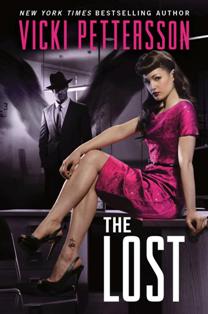

Let’s be intimate and leave our clothes on, at least until we get between the covers!
Go on, surprise me as a reader. And as an author, I will try to do the same for you.
Yours Between the Lines,
Sherry




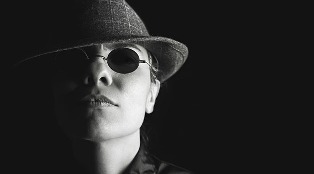
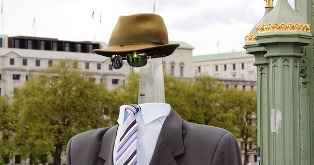


















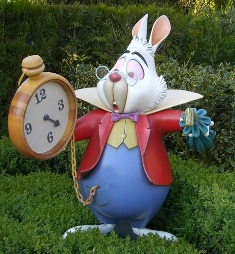

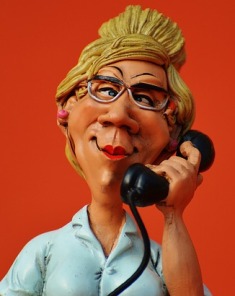
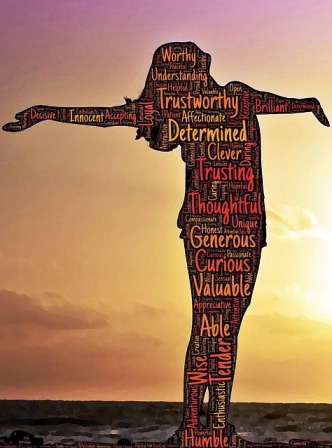

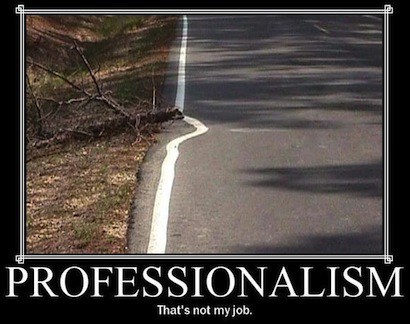



 Take a page from the queen of the tease herself, Gypsy Rose Lee, who first gave you a falling dress strap – and nothing else! – and suddenly the IDEA of her naked was more compelling than being naked. That’s why her fan dance – removing clothes behind large ostrich plumes – was so erotic. You never see skin but you believe the skin is naked and you are seduced.
Take a page from the queen of the tease herself, Gypsy Rose Lee, who first gave you a falling dress strap – and nothing else! – and suddenly the IDEA of her naked was more compelling than being naked. That’s why her fan dance – removing clothes behind large ostrich plumes – was so erotic. You never see skin but you believe the skin is naked and you are seduced.















 He’s mine.
He’s mine.
